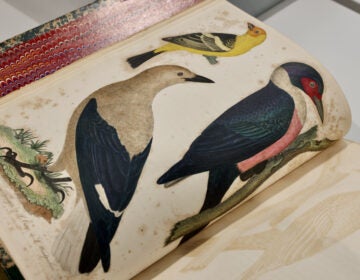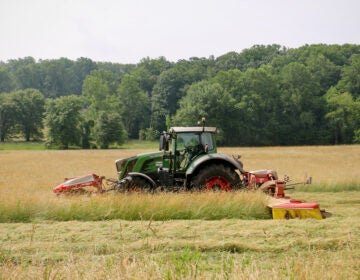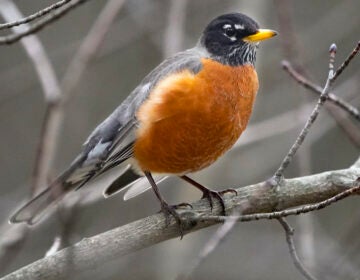The World Series of Birding: In New Jersey, a 24-hour conservation blitz aims to protect local wildlife
Hundreds of bird species are packed into the Garden State. At New Jersey Audubon's annual event, birders race against time to catalog as many as possible.
From Camden and Cherry Hill to Trenton and the Jersey Shore, what about life in New Jersey do you want WHYY News to cover? Let us know.
For bird lovers, it’s like the Super Bowl, the Kentucky Derby and New Years Eve all rolled into one big event.
New Jersey Audubon’s World Series of Birding, or WSB, is held every year on the second Saturday in May, a time when many birds are making their spring migration.
“New Jersey is a great place to do this because it has all these great habitats and ecosystems and different regions packed into one small place,” said Tom Reed, migration counts coordinator for New Jersey Audubon’s Cape May Bird Observatory.
The 24-hour event raises money for conservation and focuses attention on the habitat needs of migrating birds. This year, it featured 90 teams of 487 birders who fanned out across the Garden State to identify as many species as possible through sight and sound.
Brett Ewald, director of the CMBO, has been birding since he was 6. He said some of the teams participating are “level-one” and super-competitive.
“It’s to the point where people don’t want to share their routes, and what the different teams are doing, especially if there’s returning teams, maybe knowing a hot spot to go to that the other team doesn’t,” he said.
Reed said teams carefully plan for the WSB throughout the year.
“The teams that are super, super serious and cover the whole state, they have a whole spreadsheet, minute by minute, for 24 hours straight. As soon as they’ve detected the bird and it’s on their list, it’s like it doesn’t exist the rest of the day, it’s just on to the next, the next, the next thing,” he said.
“This competitive side of birding makes it fun, to see if you can test yourself,” said Ewald. “It’s stretching yourself as a birder.”

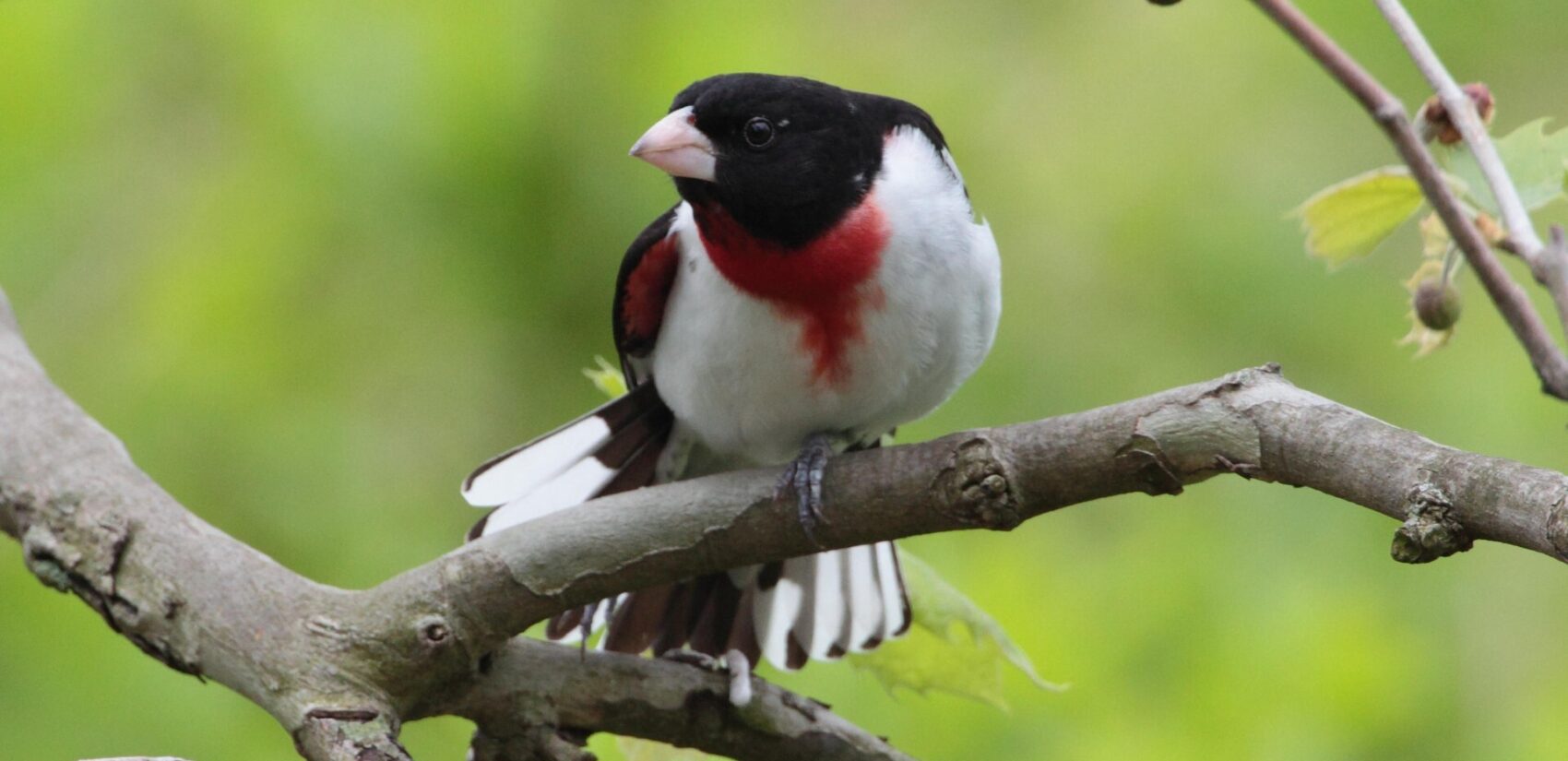
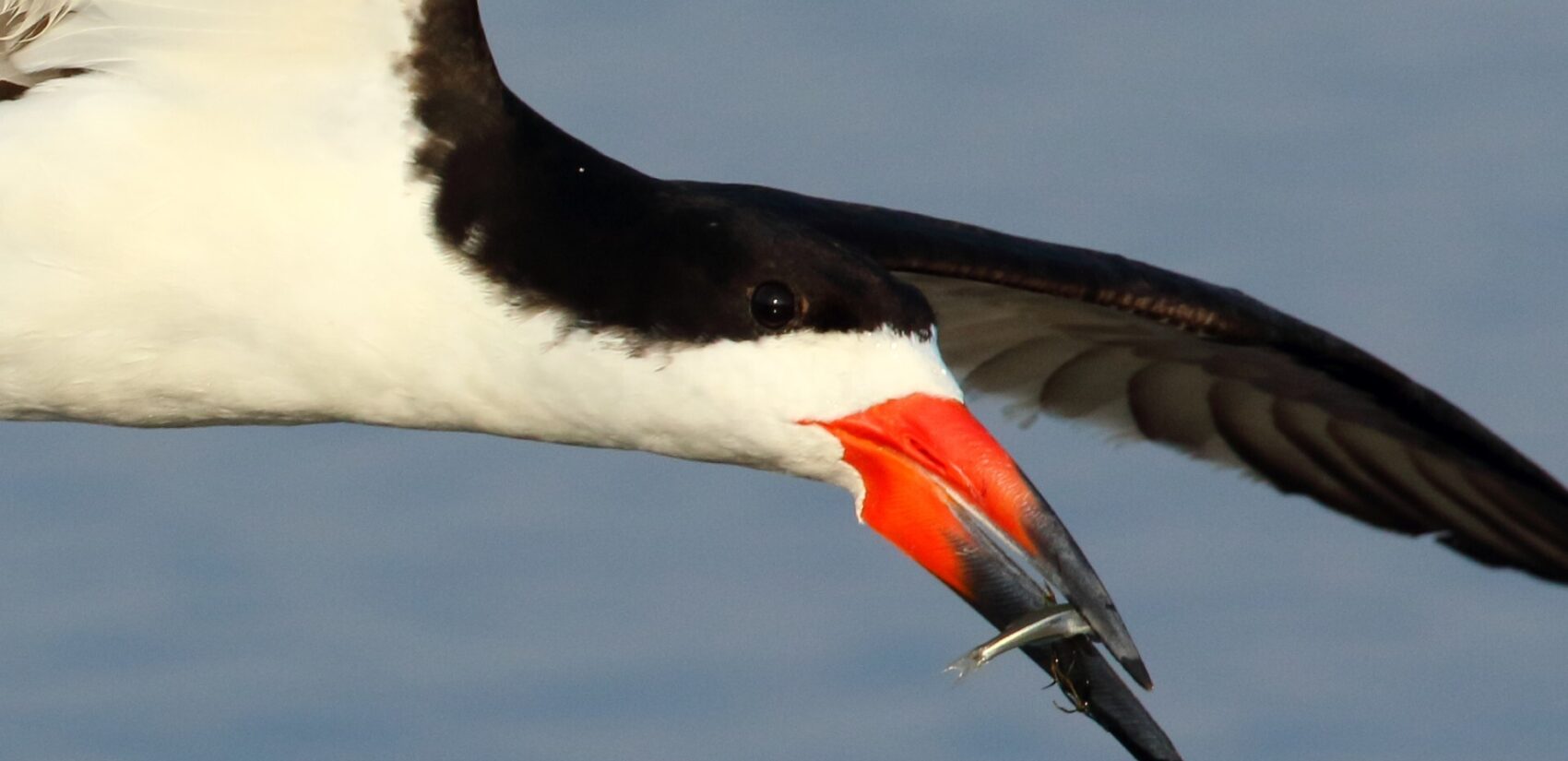
Ewald noted that there are also many relaxed, easygoing Ambassador teams, who raise funds but don’t compete, participating in the event.
“They’re trying to see as many species as they can over the course of the day, but they’re not actively competing. It’s more about getting people together, enjoying birding and raising funds for New Jersey Audubon,” he said.
Ewald said there are quite a few bird-a-thons scattered across the country, but there’s only one World Series of Birding.
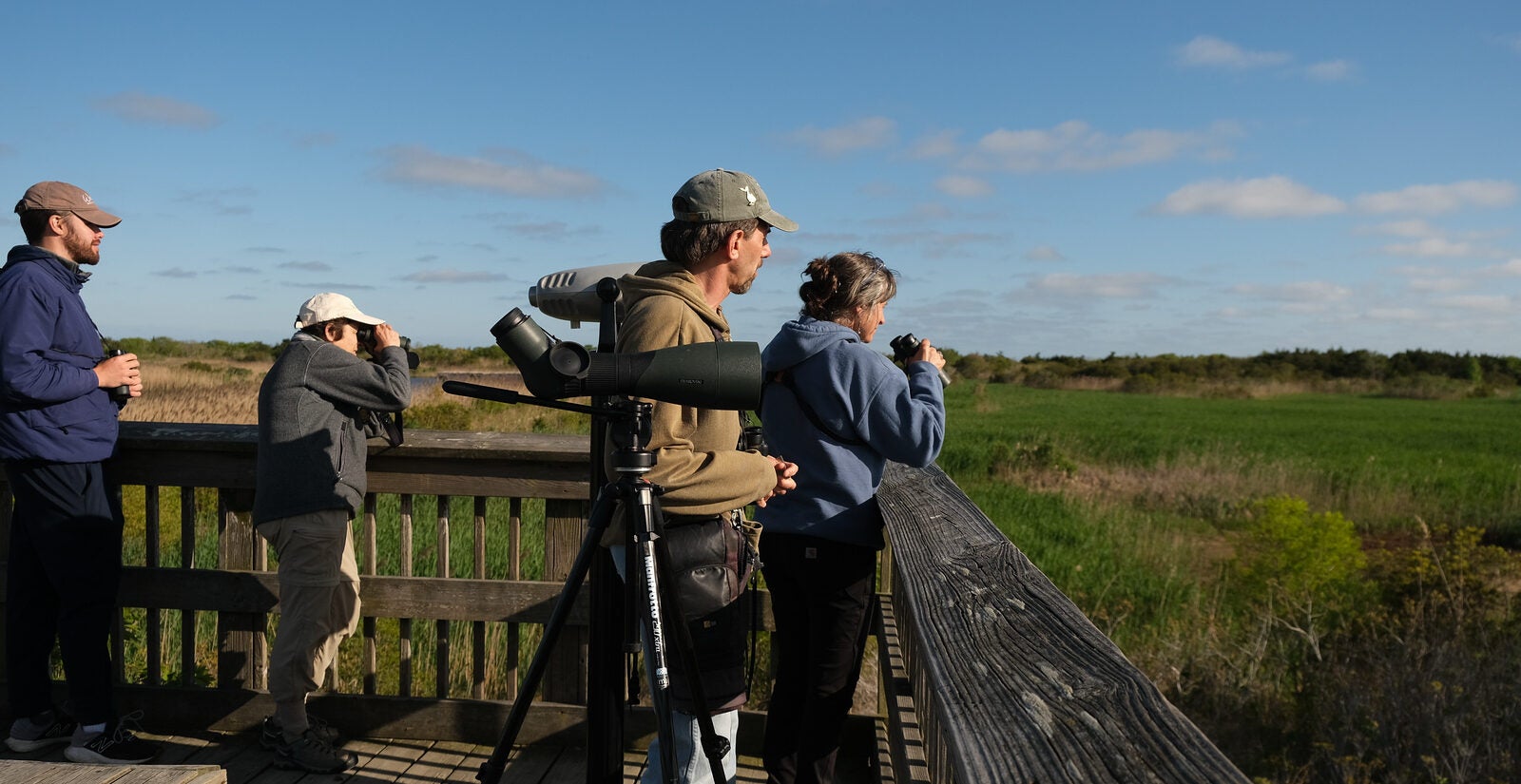
World Series of Birding 2025
Reed participated in this year’s WSB as part of a team that stayed in one location all day. He is known as a “bird wizard” who can identify almost any bird that’s ever been seen in the Northeastern U.S., simply by sound.
“Over time, hearing a bird and knowing what it is, it just comes to your ear, and you recognize it,” he said.
Some teams that participated in the event had distinct names, like the Wandering Tattlers, the Powerline Peepers, the Rambling Redstarts and the Rusty Bird Brains.
A team with a simpler name, but no less dedicated, the Birders of Central New Jersey, began their day at 4:30 a.m., and by mid-morning, they had moved to Mercer Meadows in search of the yellow-breasted chat.
“We can hear it about 20, 25 feet off the trail, but it has not made an appearance yet,” said team leader Tim Brown. “We’re just waiting to see if we can get a look.”
A few minutes later, the bird was spotted behind a leaf on the top of a tall tree in the distance.
Team member Jessica Howland kept track of the different species that were identified.
“I’m using the eBird app, and every time we hear or see the bird, I’m putting a count in, and then at the end of the day, I can make a trip report,” she explained.
The team hoped to catalog about 120 bird species by sundown.
Many teams that competed this year consisted entirely of children, some as young as to be in elementary school, with an adult supervising.
“That’s a really great development for us, obviously the excitement and the enthusiasm that they have during the day is really infectious to see,” Reed said, who himself became a bird fanatic when he was 10 and has participated in the WSB for the last 25 years. Youth team members get medals with ribbons at the end of the event.
Competitive teams with the highest bird species counts in the WSB win trophies, while the Ambassador teams are recognized for their fundraising efforts. This year’s event featured Ambassador teams in Canada, the U.K., China and Costa Rica. Those teams counted birds in their own local areas, but the funds raised are going to New Jersey Audubon.
“The heart of the World Series of Birding is raising funds to support conservation,” Ewald said. “We want these birds to be around for many years to come, and we want people to be able to appreciate it, so that’s the heart of the event.”
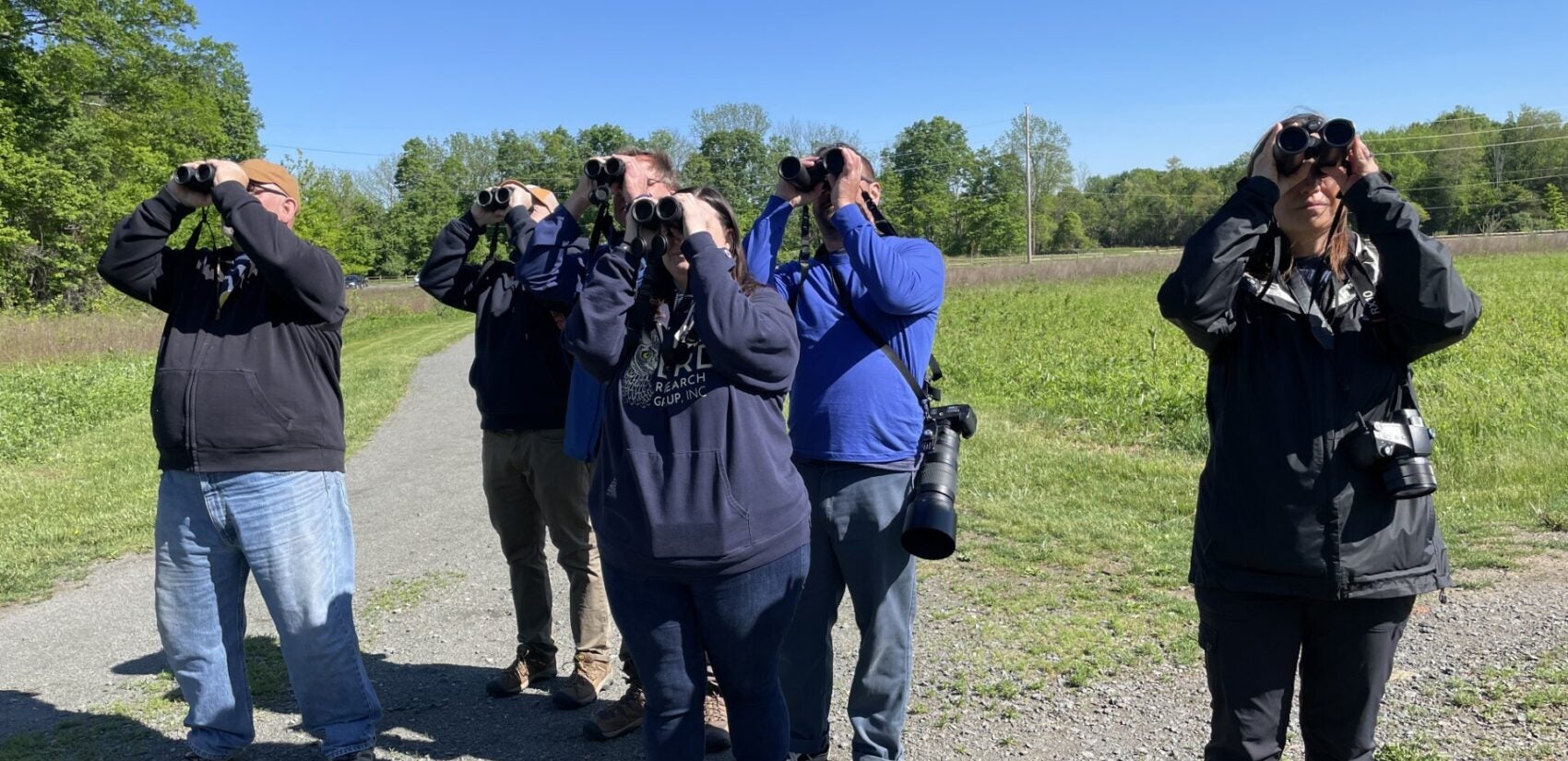
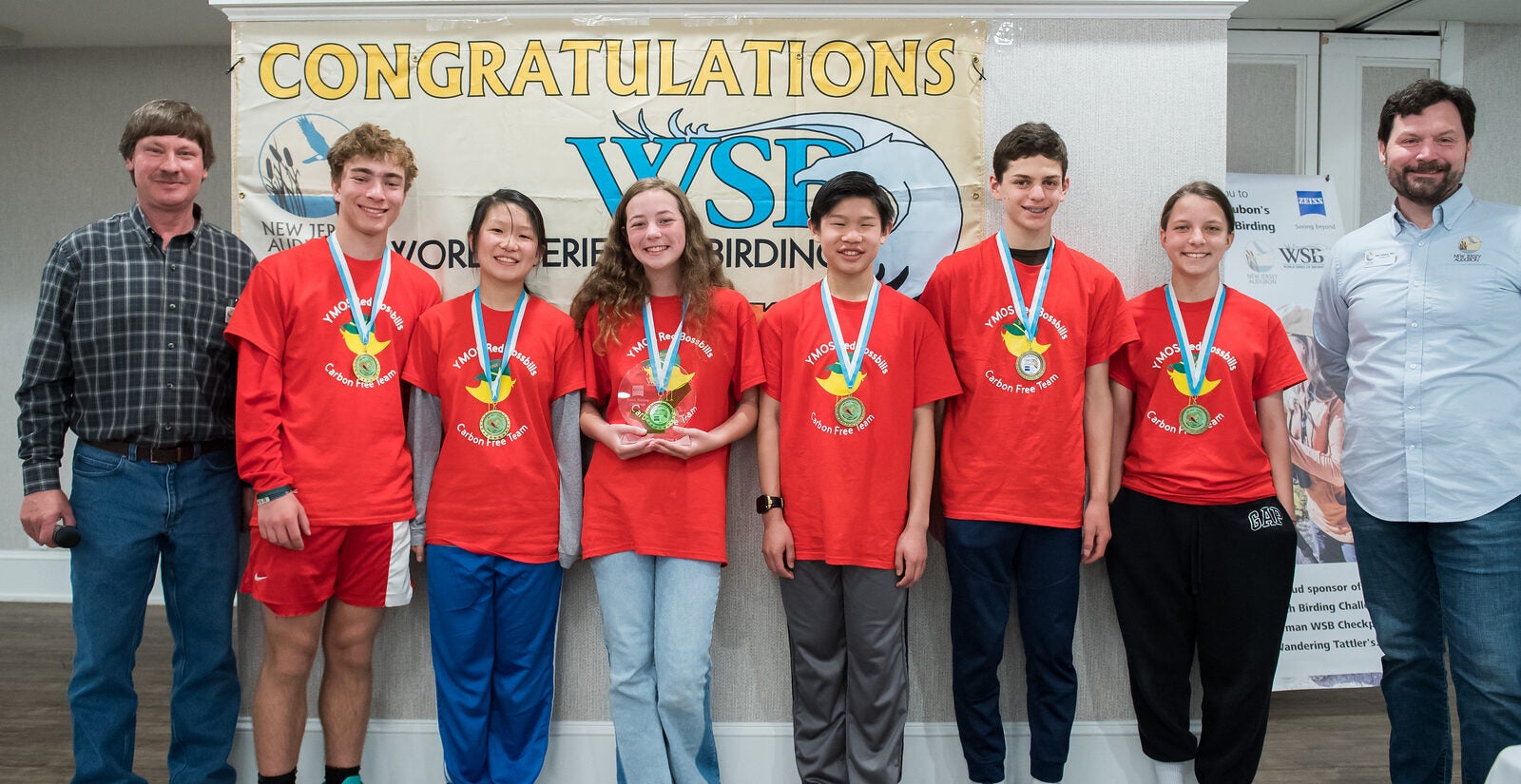
World Series of Birding history and fundraising goals
Ewald said when the event first began in 1984, people went door to door seeking donations, and frequently people would pledge to give a certain amount of money for each bird that was identified. But these days, many are made ahead of time online for pre-selected amounts.
New Jersey Audubon’s goal is to raise $275,000 from this year’s event. Close to $200,000 was already raised by the time the event got underway Saturday, and donations will continue to be accepted in the coming days and weeks.
Reed said a single team may record as many as 225 species of birds during the 24-hour competition, and that the experience is unique.
“The idea that you’re out at 3:15 in the morning, standing on the edge of a swamp listening for a bird call, waiting for the police to show up and ask what you’re doing, there’s really something quite different about that,” he said.
Ewald said he loves watching and listening to birds because “there’s so much to birding, color, sound. Wherever you go, you can do it no matter what time of year.”

Saturdays just got more interesting.
WHYY is your source for fact-based, in-depth journalism and information. As a nonprofit organization, we rely on financial support from readers like you. Please give today.



